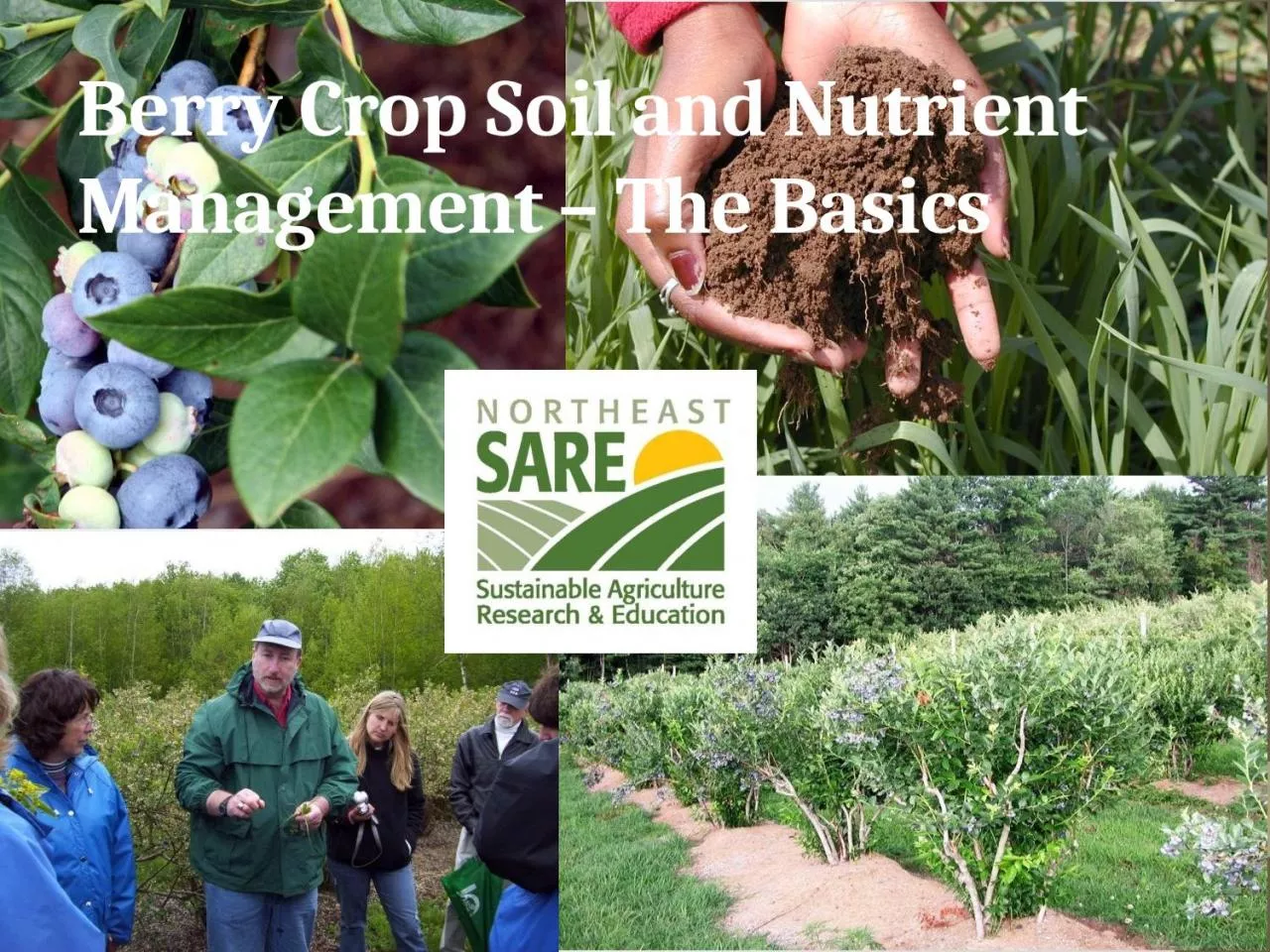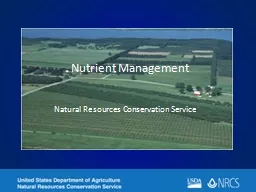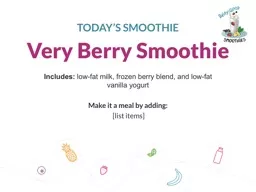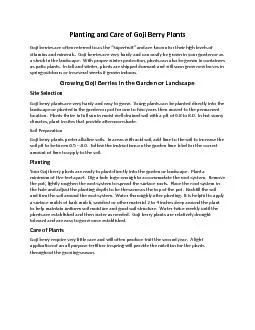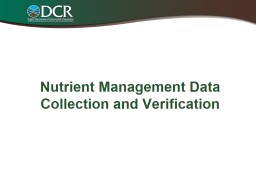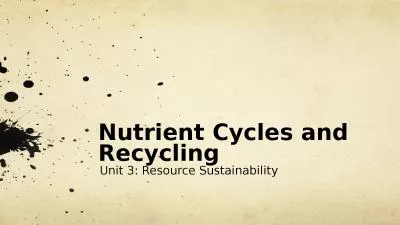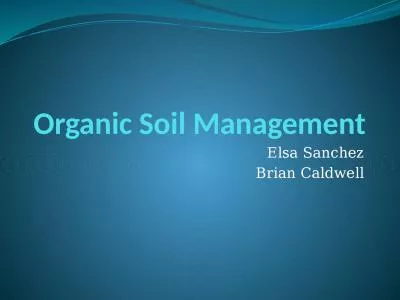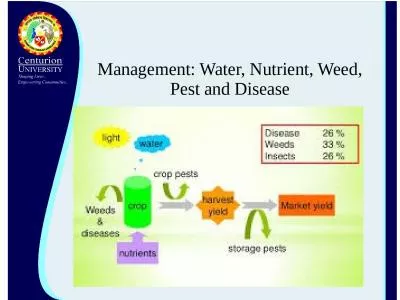PPT-Berry Crop Soil and Nutrient Management – The Basics
Author : joyce | Published Date : 2023-05-20
Utility of Soil and Tissue Testing Preplant Maximize soil health maximize plant establishment and longevity Identification and remedy of soil constraints Soil
Presentation Embed Code
Download Presentation
Download Presentation The PPT/PDF document "Berry Crop Soil and Nutrient Management ..." is the property of its rightful owner. Permission is granted to download and print the materials on this website for personal, non-commercial use only, and to display it on your personal computer provided you do not modify the materials and that you retain all copyright notices contained in the materials. By downloading content from our website, you accept the terms of this agreement.
Berry Crop Soil and Nutrient Management – The Basics: Transcript
Download Rules Of Document
"Berry Crop Soil and Nutrient Management – The Basics"The content belongs to its owner. You may download and print it for personal use, without modification, and keep all copyright notices. By downloading, you agree to these terms.
Related Documents

